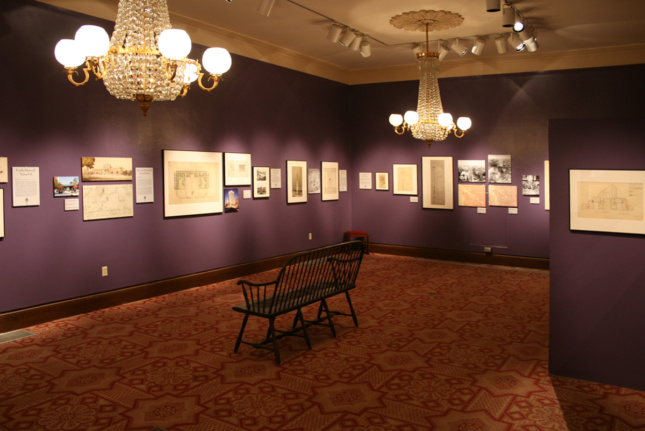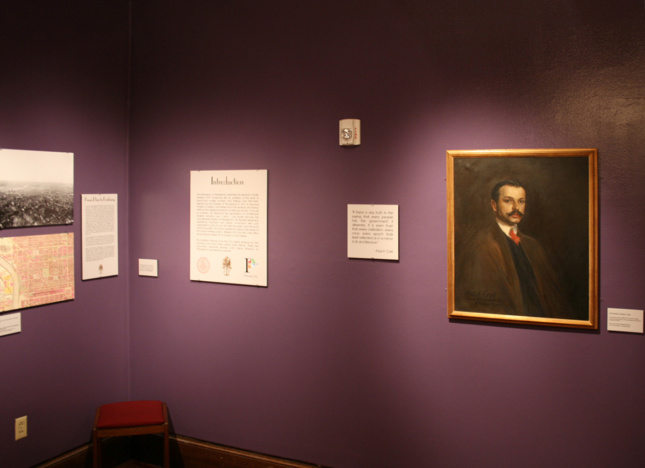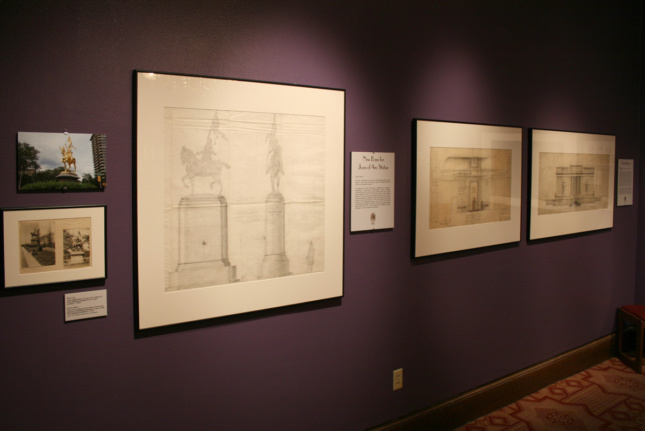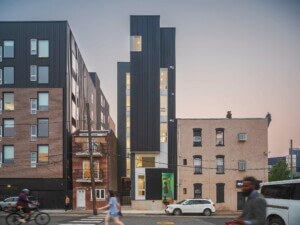A number of local institutions are marking the 100th anniversary of Philadelphia’s majestic boulevard, the Benjamin Franklin Parkway, by celebrating one of its leading architects: Paul P. Cret.
Under consideration since the Civil War, the development of the parkway occupied Philadelphia for the first third of the 20th century. Philadelphia and other American cities planning similar projects during the same period created the “city beautiful” movement, America’s first important contribution to urban design.
In 1892 Philadelphia’s city council passed a bill to build what was then called the Fairmount Parkway, after Fairmount Park, the city’s 9,000-plus-acre green space. A parkway plan created in 1907 by Horace Trumbauer, Clarence Zantzinger, and Cret for the Fairmount Park Art Association envisioned “a direct, dignified and interesting approach from the heart of the business and administrative quarter of the city, through the region of educational activities grouped around Logan Square, to the artistic center to be developed around Fairmount Plaza, at the entrance” to the park. Parkway construction began in 1917, ten years after groundbreaking, and in November 1918, according to a local newspaper, an “uninterrupted parkway at last leads from City Hall to Fairmount’s entrance.”

Lyons, France-born Cret (1876-1945) moved to Philadelphia in 1903 to become a professor of design at the University of Pennsylvania and eventually the leader of Philadelphia’s city beautiful movement. He was in France when World War I broke out and served in the army for the next five years before returning to Philadelphia where he resumed his teaching at the University of Pennsylvania and engaged in his architectural practice. He designed bridges, such as the Delaware River Bridge in Philadelphia, as well as museums (the Rodin Museum in Philadelphia, the Barnes Foundation Gallery in Merion, Pennsylvania, and the Detroit Institute of Arts) and the Folger Shakespeare Library in Washington, D.C., and also worked on the architecture of campuses of the University of Pennsylvania, Brown University, and the University of Texas at Austin. In addition, he was the consulting architect for the American Battle Monuments Commission from 1923 to 1945, whose mission was to design memorials, chapels, and cemeteries in honor of the dead of World War I.

Cret’s work is the centerpiece of an exhibition at the Athenaeum of Philadelphia called Professor Cret’s Parkway: One Architect’s Legacy on Philadelphia’s Grandest Thoroughfare. The show features over 30 built and unbuilt designs by Cret, many never before exhibited. The Rodin Museum, located on the parkway and designed by Cret, is simultaneously displaying a 1927 model of its building and gardens with photographs and related material exploring Cret’s design there. Both exhibitions are on display through August 31.
In May the Athenaeum also conducted a symposium on Cret that considered his theory, work on the Rodin Museum, and engineering collaborations, among other subjects. Architecture critic Paul Goldberger delivered the keynote address, asking, “what does the city beautiful mean for the 21st century city?”

Also in May, the American Battle Monuments Commission inaugurated the new Chateau-Thierry American Monument Visitor Center on Hill 204, at a World War I monument designed by Cret overlooking the Marne River Valley. The monument, which was dedicated in 1937, commemorates the sacrifices and achievements of Americans and French people before and during the Aisne-Marne and Oise-Aisne offensives in 1918.
In 1922, the art collector Albert C. Barnes contracted Cret to design a gallery and residence in Merion, Pennsylvania. On display through September 30 at the Barnes Foundation, which moved from Merion to Benjamin Franklin Parkway in 2012, are selected letters between the two men, related photography, and Cret’s plans and sketches for the buildings that officially became the Barnes Foundation in 1925.











